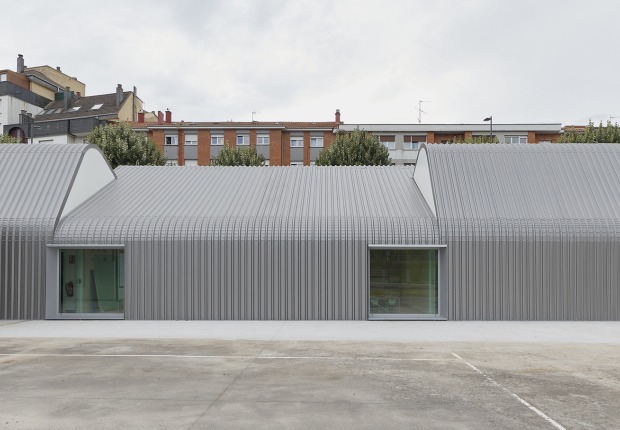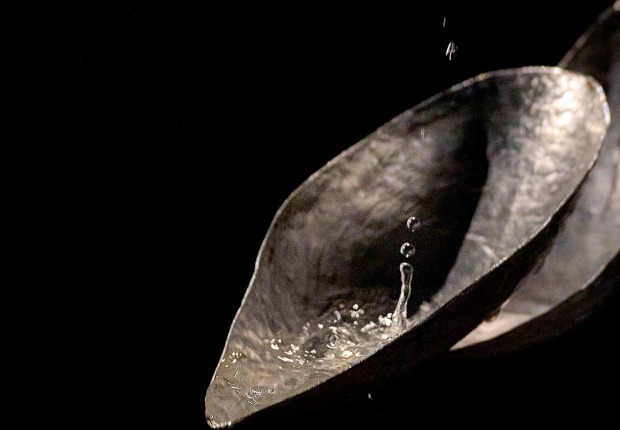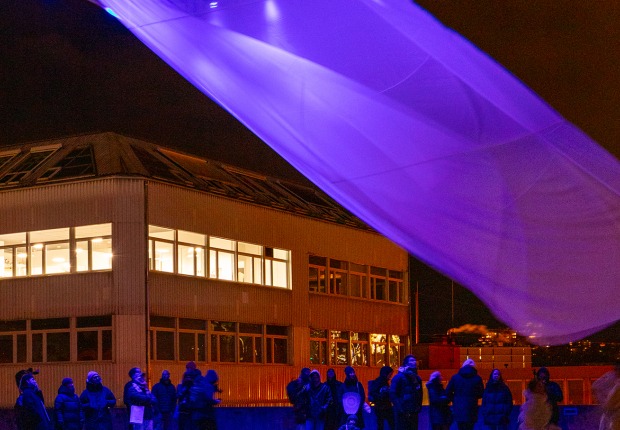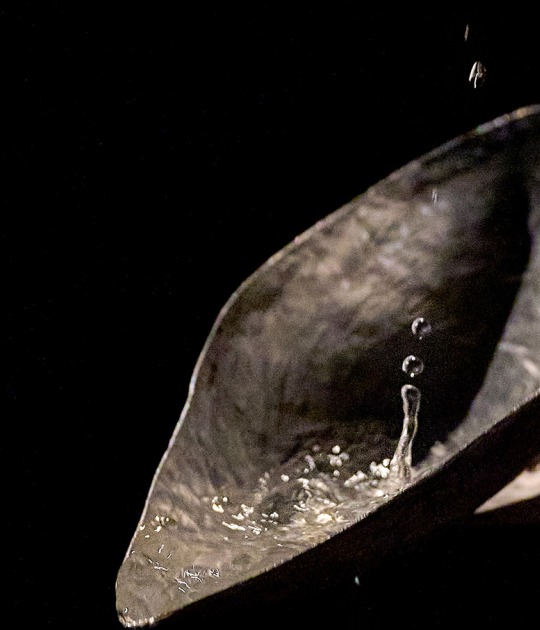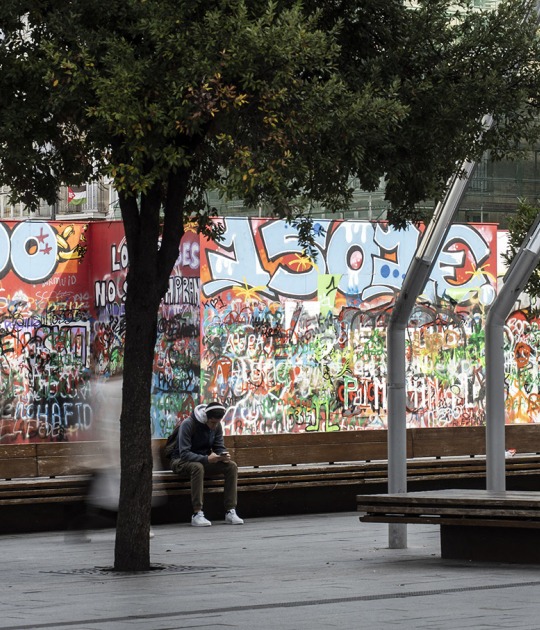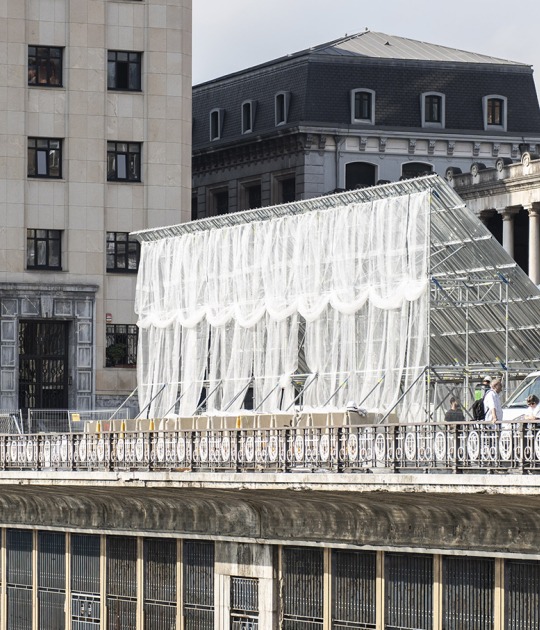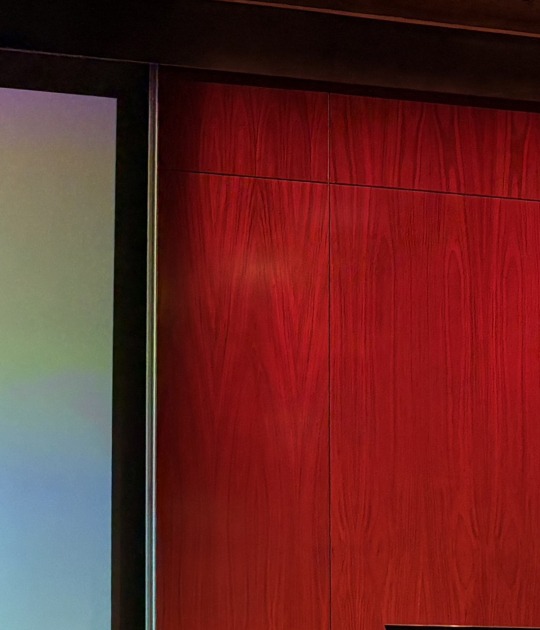The exhibition includes a selection of nearly 160 works from Foto Colectania's collections. The display of the photographs forms a thematic atlas in which some of the most iconic images of the collection such as The Man on Pelayo Street, Barcelona (1962), an urban scene photographed by Xavier Miserachs, coexist with the rituals photographed by Jordi Esteva in Africa or the traditions immortalized by Cristina García Rodero in the interior of the Iberian Peninsula. In this original exhibition proposal, the tendency to iconize images typical of the collections and the history of the photographic medium itself is equated with the ability to establish links between them to offer us new readings.
A history of modern photography in Spain and Portugal
The Foto Colectania Collection brings together a collection of more than 3,000 photographs by Catalan, Spanish, and Portuguese authors. It is, without a doubt, the private collection with the most exhaustive representation of the history of photography carried out during the second half of the twentieth century in the Iberian Peninsula. His images attest to a double process of modernization, that of the photographic medium itself and that of the societies of southern Europe.
However, modernizing often became synonymous with iconizing, reducing, and synthesizing reality with an emblematic image. Those were the photographs that shaped the events. Although each event would have led to many more versions of what happened, only one acquired the status of the iconic image. One that a tacit agreement is enough to recognize.

La Tabua, Zarza de Montánchez, Cáceres, 1985. From the series "Hidden Spain". Gelatin and silver. Current copy. Photography by Cristina García Rodero / Magnum Photos / Contact.
Contrary to those images whose power no one disputes, photography preserves countless moments and sequences. The semi-disfigured man in the photo by Xavier Miserachs titled Calle Pelayo, Barcelona (1962) maintains his iconicity based on the crowd to which he belongs; The portrait of General Franco made by Ramón Masats in 1964 is based on an image of authority linked to caudillismo, to power concentrated in the individual figure.
But there are other types of events, collective moments such as demonstrations, processions, rituals, and, in general, crowds that evoke the essentially processual and quantitative nature of photography. Those moments require more than one image. So, despite the natural limitations imposed by the exhibition space, the selection brings together nearly 160 works.
Images that collaborate
The set of photographs presented in this exhibition is distributed in 24 sequences grouped in 8 different blocks. So the deployment of the selection recreates that dialectic between a single image and what we could qualify as an alternative development of events. In the end, another film of the events can become even more complex if we consider that the sequences encourage a horizontal reading and the blocks a vertical one.
This arrangement that refers to a photographic atlas – with its regions and continents, some larger than others – reveals an unusual capacity of photography as a device: the images collaborate producing new meanings and, ultimately, other events that a single photograph could not contain.
A history of modern photography in Spain and Portugal
The Foto Colectania Collection brings together a collection of more than 3,000 photographs by Catalan, Spanish, and Portuguese authors. It is, without a doubt, the private collection with the most exhaustive representation of the history of photography carried out during the second half of the twentieth century in the Iberian Peninsula. His images attest to a double process of modernization, that of the photographic medium itself and that of the societies of southern Europe.
However, modernizing often became synonymous with iconizing, reducing, and synthesizing reality with an emblematic image. Those were the photographs that shaped the events. Although each event would have led to many more versions of what happened, only one acquired the status of the iconic image. One that a tacit agreement is enough to recognize.

La Tabua, Zarza de Montánchez, Cáceres, 1985. From the series "Hidden Spain". Gelatin and silver. Current copy. Photography by Cristina García Rodero / Magnum Photos / Contact.
Contrary to those images whose power no one disputes, photography preserves countless moments and sequences. The semi-disfigured man in the photo by Xavier Miserachs titled Calle Pelayo, Barcelona (1962) maintains his iconicity based on the crowd to which he belongs; The portrait of General Franco made by Ramón Masats in 1964 is based on an image of authority linked to caudillismo, to power concentrated in the individual figure.
But there are other types of events, collective moments such as demonstrations, processions, rituals, and, in general, crowds that evoke the essentially processual and quantitative nature of photography. Those moments require more than one image. So, despite the natural limitations imposed by the exhibition space, the selection brings together nearly 160 works.
Images that collaborate
The set of photographs presented in this exhibition is distributed in 24 sequences grouped in 8 different blocks. So the deployment of the selection recreates that dialectic between a single image and what we could qualify as an alternative development of events. In the end, another film of the events can become even more complex if we consider that the sequences encourage a horizontal reading and the blocks a vertical one.
This arrangement that refers to a photographic atlas – with its regions and continents, some larger than others – reveals an unusual capacity of photography as a device: the images collaborate producing new meanings and, ultimately, other events that a single photograph could not contain.














